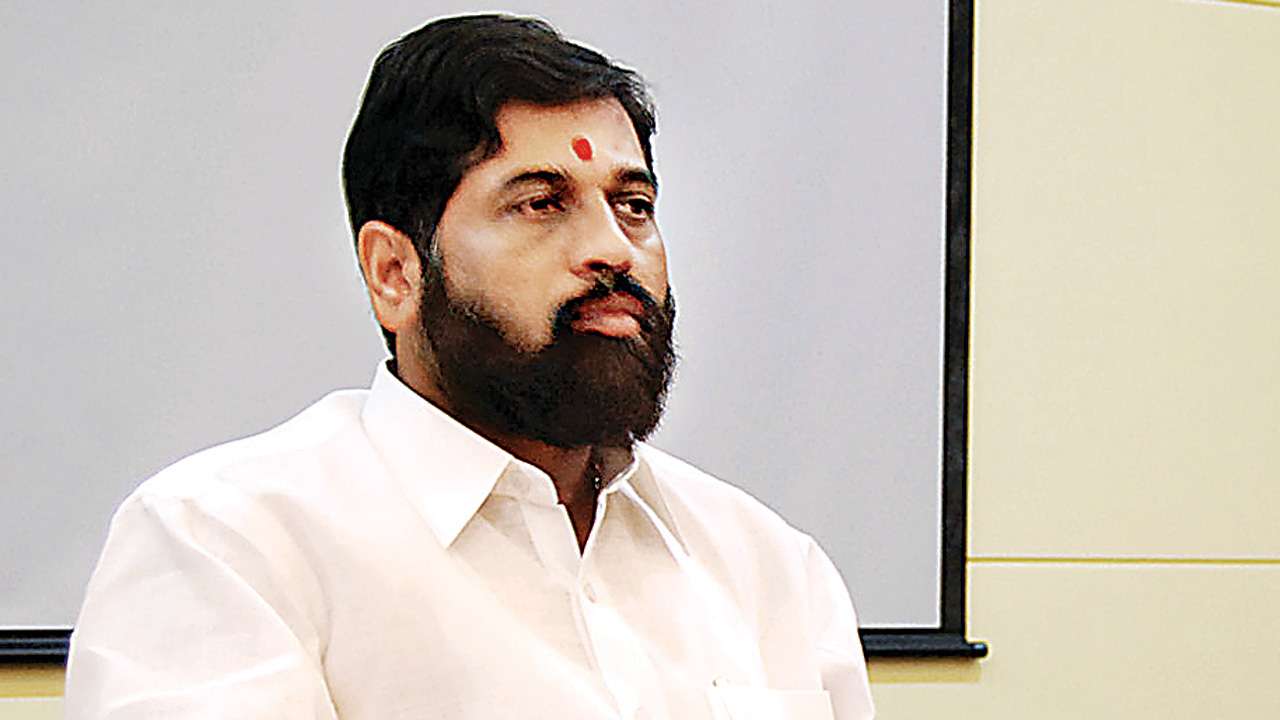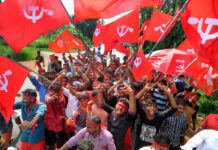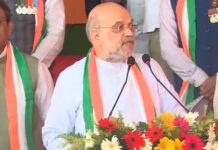X: @the_news_21
The political landscape of Maharashtra has been tumultuous, marked by a fierce battle within the Shiv Sena party, reaching its crescendo in a significant verdict delivered by Assembly Speaker Rahul Narwekar. This declaration, aiming to settle the dispute between rival factions led by Eknath Shinde and Uddhav Thackeray, has ignited further controversy and legal challenges, ultimately impacting the state’s governance.
The Speaker’s comprehensive verdict, explained in ten pivotal points, dissected the intricate dynamics of the party’s constitution, leadership structure, and the legitimacy of actions undertaken by both factions:
- Relevance of Party Constitution: The Speaker highlighted the importance of the party’s constitution in determining the legitimate leadership structure, as it forms the basis for internal governance.
- Constitutional Amendments: While an amendment to the Shiv Sena constitution occurred in 2018, it was not officially recorded. Hence, the constitution from 1999, registered with the Election Commission of India, was considered valid.
- Lack of Organizational Election: The absence of organizational elections in 2018 raised concerns about the legitimacy of subsequent leadership structures.
- Inconsistent Leadership Structure: The 2018 leadership structure, despite acknowledging the ‘paksha pramukh’ as the highest office, did not align with the provisions of the constitution.
- Role of National Executive: The 1999 Shiv Sena constitution vested supreme authority in the national executive, rather than the ‘paksha pramukh.’
- Limitations on Power: The constitution stipulated that the ‘paksha pramukh’ did not wield absolute power and was required to consult with the national executive.
- Authority and Decision-making: As per the constitution, Uddhav Thackeray’s decision to remove Eknath Shinde lacked the mandate of the political party, challenging its validity.
- Claim to Original Party Status: In scenarios of a vertical split, leaders from both factions could assert their legitimacy as the original party.
- Allegations of Collusion: Claims of the Shinde faction colluding with the BJP lacked substantiated evidence, as per the Uddhav faction’s assertions.
- Communication and Disqualification: The argument regarding incommunicado status of the Shinde faction wasn’t considered a valid reason for disqualification, especially given interactions between leaders from both factions.
This detailed verdict attempted to navigate through complex legal and constitutional intricacies to determine the genuine leadership within the Shiv Sena party. However, the subsequent rejection of the verdict by the Uddhav faction, leading to an appeal in the Supreme Court, further prolonged the political deadlock.
Ultimately, the Supreme Court’s inability to overthrow the Shinde-led government due to Uddhav Thackeray’s resignation before a floor test placed the onus back on the Assembly Speaker to decide on the disqualification of MLAs, adding another layer of complexity to Maharashtra’s political narrative.
Also Read: Partial Opening of Toll-Free Mumbai Coastal Road Scheduled for Month-End







苹果签名,苹果超级签平台,ios超级签平台ios超级签苹果企业签,苹果超级签,稳定超级签名
Với giao diện mượt mà và ưu đãi hấp dẫn, MM88 là lựa chọn lý tưởng cho các tín đồ giải trí trực tuyến.
iwin – nền tảng game bài đổi thưởng uy tín, nơi bạn có thể thử vận may và tận hưởng nhiều tựa game hấp